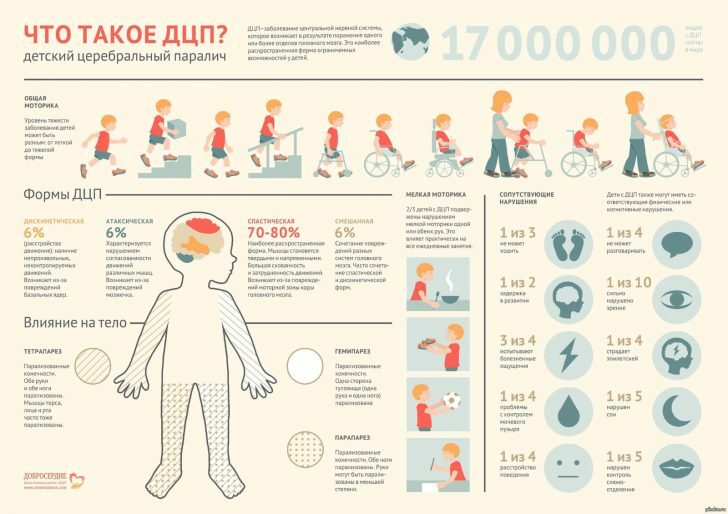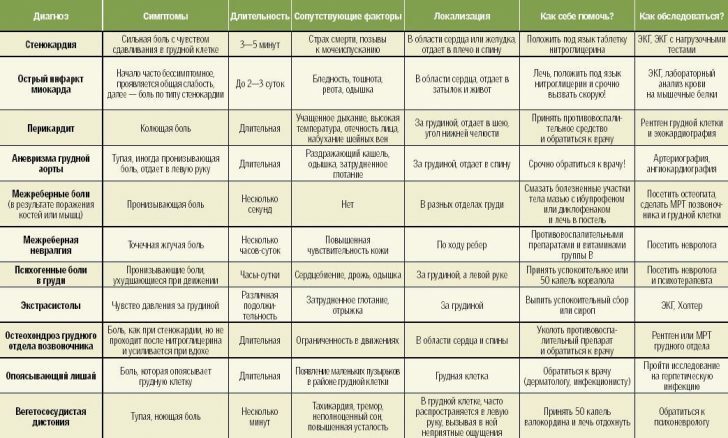Newborn cerebral cortex - causes of development, symptoms and methods of treatment
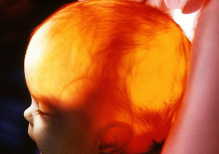
A cerebral cortex( hydrocephalus) in newborns is a condition in which there is an accumulation of excessive amounts of cerebrospinal fluid( cerebrospinal fluid) in the ventricles of the brain.A similar pathology can develop in a child even with intrauterine growth, if a woman during the period of bearing a baby was ill with some infectious diseases( mainly - cytomegalovirus).
Table of Contents: Causes of the appearance of edema of the brain Symptoms of dropsy of the brain in newborns How is hydrocephalus diagnosed in newborns Methods of treating hydropnies in the newbornCauses of the dropsy of the brain
Hydrocephalus is well studied by medicine,Causes of pathology. Two main causes of development of hydrocephalon in the newborns were identified:
- disruption of the ventricular system of the intrauterine brain;
- birth injury.
Consider hydrocephalus in newborns and as an acquired pathology - this can occur with encephalitis and meningitis that developed in the first three months of a newborn's life.
In turn, intrauterine disruption of the ventricular system of the brain can begin when infected with a pregnant cytomegalovirus and against the use of certain drugs during the period of gestation.
Symptoms of dropsy of the brain in newborns
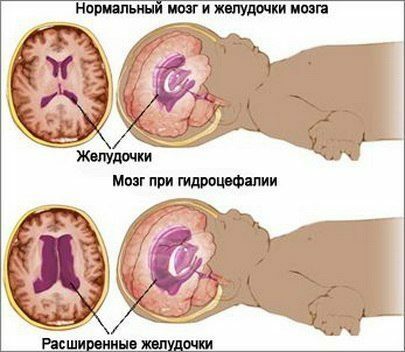
This disease is difficult to diagnose in the first days / weeks of a child's life - external manifestations of pathology are not yet visible, and a disproportionate head can be quite natural. What mother can look at:
- in a newborn has a poor appetite;
- , after every meal, a lot of regurgitation begins;
- occasionally causes vomiting;
- the baby becomes apathetic;
- at times shows too keen arousal - the child cries, and can scream and scream.
Doctors may note more pronounced symptoms of dropsy of the brain in newborns:
- the head increases in size - the pediatrician will determine this during the next measurement / weighing of the baby, comparing it with the previous survey;
- veins on the head;
- in the lower extremities observed increased tone, periodically manifested convulsive syndrome;
- the fetal areas on the skull swell.
Note: similar symptoms of dropsy of the brain in newborns are not very pronounced and can attract attention only with a clear increase in the circumference of the head.
As the child grows and the background of the increased head circumference, other symptoms appear:
-
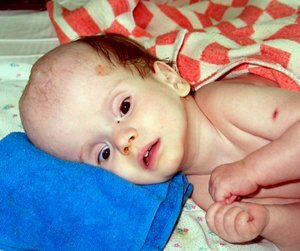 the shape of the skull slowly acquires a pear-shaped shape - the area of the face remains within normal limits, but the upper part of the head greatly increases in size;
the shape of the skull slowly acquires a pear-shaped shape - the area of the face remains within normal limits, but the upper part of the head greatly increases in size; - fontanels on the top of the head strongly swell even in a state of rest, the seams diverge;
- veins located on the head, become wide and take a twisty shape - during the crying of the child, and with a slight strain, the veins look like broad ligaments;
- appears a symptom of the "setting sun" - the eye slits go down, the lower eyelid closes the iris, leaving a visible white strip of sclera.
Note: secondary signs of a dropsy of the brain in newborns appear against the background of a modified skull.
How is hydrocephalus diagnosed in newborns
Diagnosing a dropsy of the brain in newborns at the initial stage of its development is very problematic.The fact is that vomiting and profuse regurgitation, vagaries and anxiety of the baby, a slight lag in development can only indirectly indicate the pathology in question - most often they will be indicative of other diseases.And the disproportionate growth of the head in relation to the circumference of the breast can not be perceived as the main and only sign of hydrocephalus - after all, this may well be a genetic feature or symptom of newborn rickets.
Diagnosis of the neonatal disease under consideration is carried out in the following way:
-
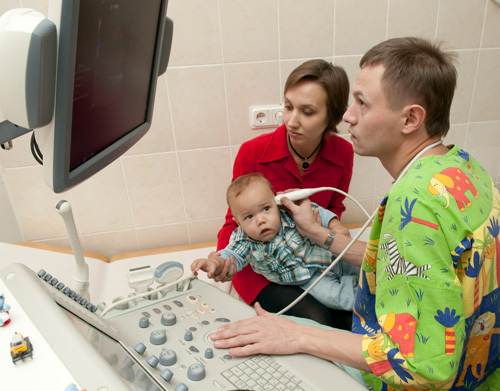 conducts dynamic observation of the growth of the head circumference - if the growth process occurs very quickly, the pediatrician may suspect a dropsy of the brain;
conducts dynamic observation of the growth of the head circumference - if the growth process occurs very quickly, the pediatrician may suspect a dropsy of the brain; - assign an X-ray - it will identify specific finger impressions and divergence of the joints;
- conducts neurosonography - a study of the brain through the fontanel.
In the process of examining a small patient, doctors can prescribe both ultrasound examination of the brain and computed tomography.
Methods of treating hydrops in the newborn
This disease, unfortunately, can not be cured completely, even with the most modern methods.An already grown child, even with a successful treatment, will have to be observed regularly at the doctor, to observe certain rules of "cohabitation" with this disease.
There are two directions of treatment - therapeutic and surgical.
Therapeutic method of treatment
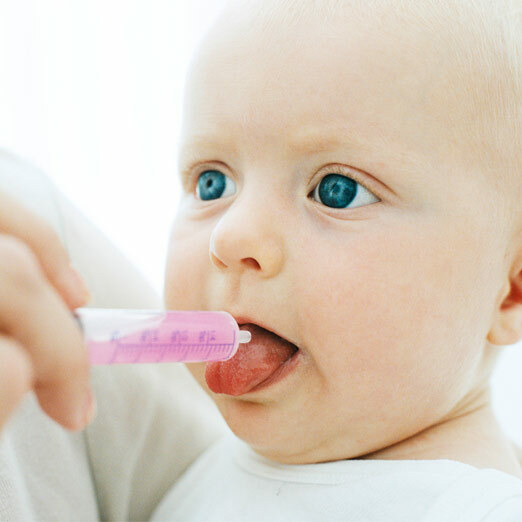 It is designed only to relieve the condition of the newborn, to remove acute attacks of pain that occur against the background of the pressure of cerebrospinal fluid on certain areas of the brain.Treatment of a conservative type begins with the appointment of diuretics - often use Hypochlorothioside.Simultaneously, it is advisable to use in the treatment and specific drugs designed to reduce the production( formation) of cerebrospinal fluid - to such refers Diakarb.Often doctors recommend to undergo treatment and hormonal means.
It is designed only to relieve the condition of the newborn, to remove acute attacks of pain that occur against the background of the pressure of cerebrospinal fluid on certain areas of the brain.Treatment of a conservative type begins with the appointment of diuretics - often use Hypochlorothioside.Simultaneously, it is advisable to use in the treatment and specific drugs designed to reduce the production( formation) of cerebrospinal fluid - to such refers Diakarb.Often doctors recommend to undergo treatment and hormonal means.
Note: most often therapeutic treatment gives only a short-term result and simply makes the child's condition easier, but does not eliminate the problem.Only surgical treatment can provide the baby with a normal / active life in the future.
Surgical treatment
Surgical intervention has been and remains the only effective method of treating hydrops in the brain in newborns.And before, and now the shunting of the ventriculo-peritoneal type is actively used.The essence of this operation is to divert excess cerebrospinal fluid from the ventricles of the brain into the abdominal cavity( it is where the cerebrospinal fluid is rapidly absorbed without creating problems).Drainage system with shunting is a silicone tubing, which "lay" under the skin.This system is equipped with special valves, which allows to control the outflow of excess quantity of cerebrospinal fluid.

Note: operation for ventriculo-peritoneal bypass is characterized by frequent relapses and complications - for example, the cerebrospinal fluid can be withdrawn too rapidly from the cerebral ventricles, often after the operation the development of the infectious process begins, and epilepsy can also be diagnosed.But this is not all - a child for life remains with a changed form of the head, and further life will depend on the work of the shunt.
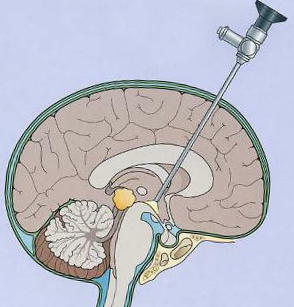 Endoscopic ventriculoscopy is distinguished from modern surgical procedures for the dropsy of the brain of newborns.The essence of this method of surgical treatment is as follows: ducts are created in the bottom of the third ventricle, through which the outflow of cerebrospinal fluid into special tanks occurs and already from them the liquor is absorbed naturally.
Endoscopic ventriculoscopy is distinguished from modern surgical procedures for the dropsy of the brain of newborns.The essence of this method of surgical treatment is as follows: ducts are created in the bottom of the third ventricle, through which the outflow of cerebrospinal fluid into special tanks occurs and already from them the liquor is absorbed naturally.
Note: endoscopic ventriculoscopy does not imply the insertion of any foreign objects into the brain or other parts of the body.This reduces the risk of developing infectious diseases.
It is the endoscopic treatment of dropsy of the brain in newborns that gives the chance to the newborn to lead the ordinary life in the future: to get education, to engage in socially useful things, to create families.But according to statistics, ventriculoscopic endoscopy only helps in 12% of diagnoses of dropsy of the brain in newborns - to obtain a permit for such surgery must be a classical / standard development of pathology, without any concomitant diseases and complications.
In case of successful endoscopy of the ventriculoscopic type, the pathological process stops development, the physiological delivery of cerebrospinal fluid to the ventricles of the brain is restored within normal limits.
What you need to know about the postoperative period
Parents should be aware that after the operation to treat the dropsy of the brain in newborns, you need to closely monitor the child's condition. Any fluctuations should alert:
-
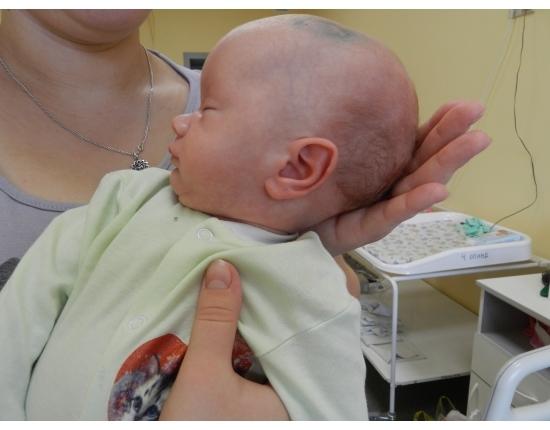 increase in the circumference of the head;
increase in the circumference of the head; - increased irritability of the child;
- unmotivated whims;
- drowsiness with a full night's rest;
- appetite impairment or total refusal of food;
- vision impairment.
If a shunt has been installed, then it can be infected - in this case the child will have a rise in body temperature, a bright red edging around the shunt channel will appear.
If the above symptoms occur, then the parents should immediately call the doctor - most likely the amount of cerebrospinal fluid in the ventricles again started to rise for various reasons.
Preventive measures
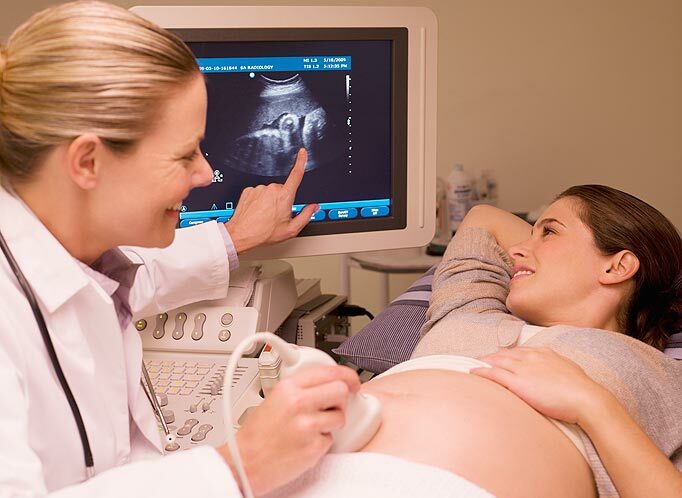 In general, no one is immune to the possibility of developing a dropsy of the brain in newborns.But the future mother must strictly follow all the recommendations of the gynecologist, avoid contact with a large number of people( this will prevent infection), and during the period of pregnancy planning cure all existing diseases.During the gestation of a child to a woman, a gynecologist is assigned an early ultrasound diagnosis - you should not abandon this method of research, because it allows you to detect the dropsy of the brain even during intrauterine development.
In general, no one is immune to the possibility of developing a dropsy of the brain in newborns.But the future mother must strictly follow all the recommendations of the gynecologist, avoid contact with a large number of people( this will prevent infection), and during the period of pregnancy planning cure all existing diseases.During the gestation of a child to a woman, a gynecologist is assigned an early ultrasound diagnosis - you should not abandon this method of research, because it allows you to detect the dropsy of the brain even during intrauterine development.
Hydrocephalus or hydrocephalus of the brain is a rather dangerous disease that, without proper treatment, leads to a lag in the child's mental / physical development, disruptions in the work of other organs and systems.Therefore, it is important to diagnose the disease in a timely manner - this increases the chances of a normal life.
Tsygankova Yana Aleksandrovna, medical reviewer, therapeutist of the highest qualification category.

